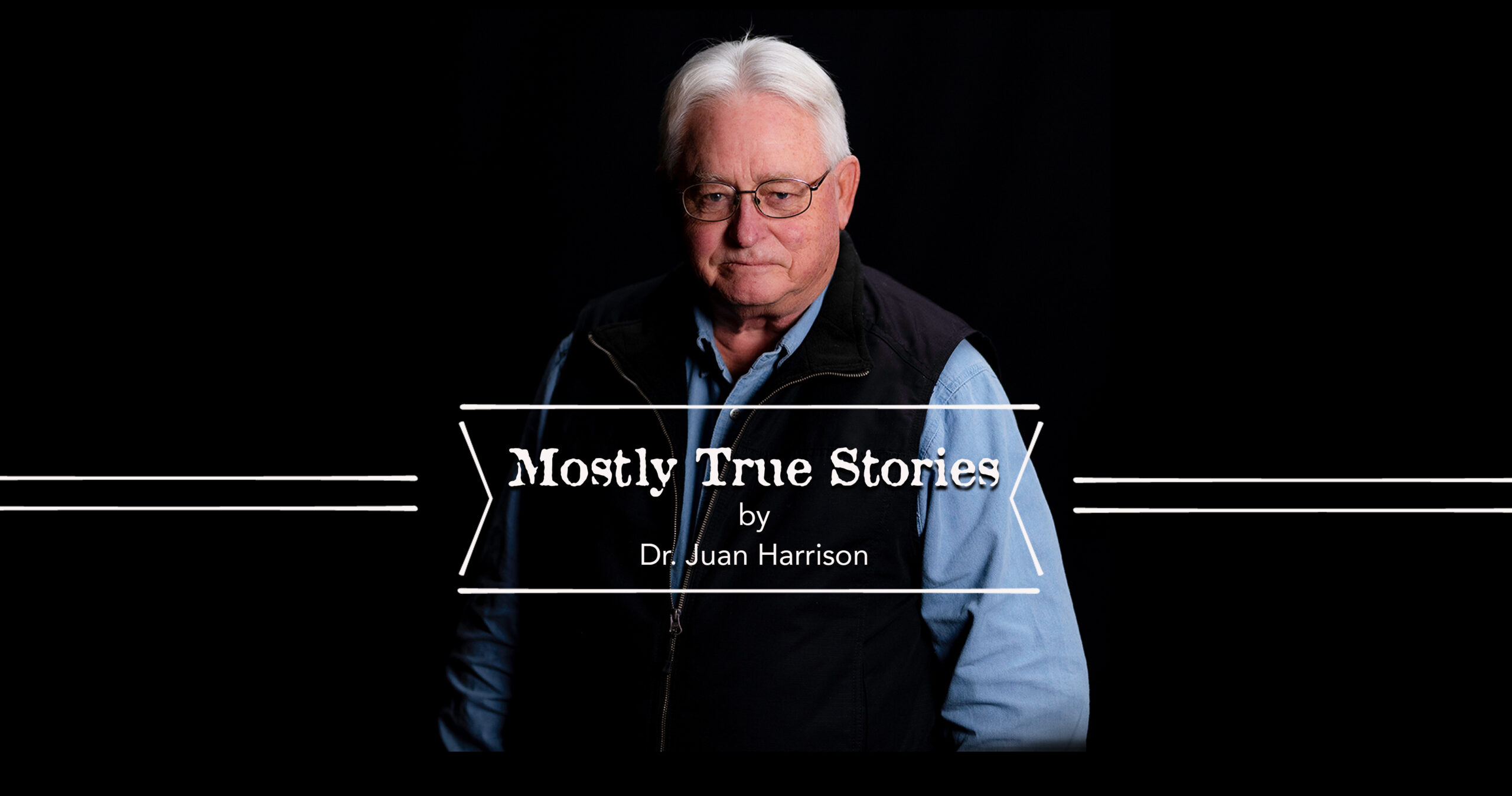LIFE’S FLAVORS 2/3- ALLISON LIBBY-THESING OF THE OAKS BED & BREAKFAST
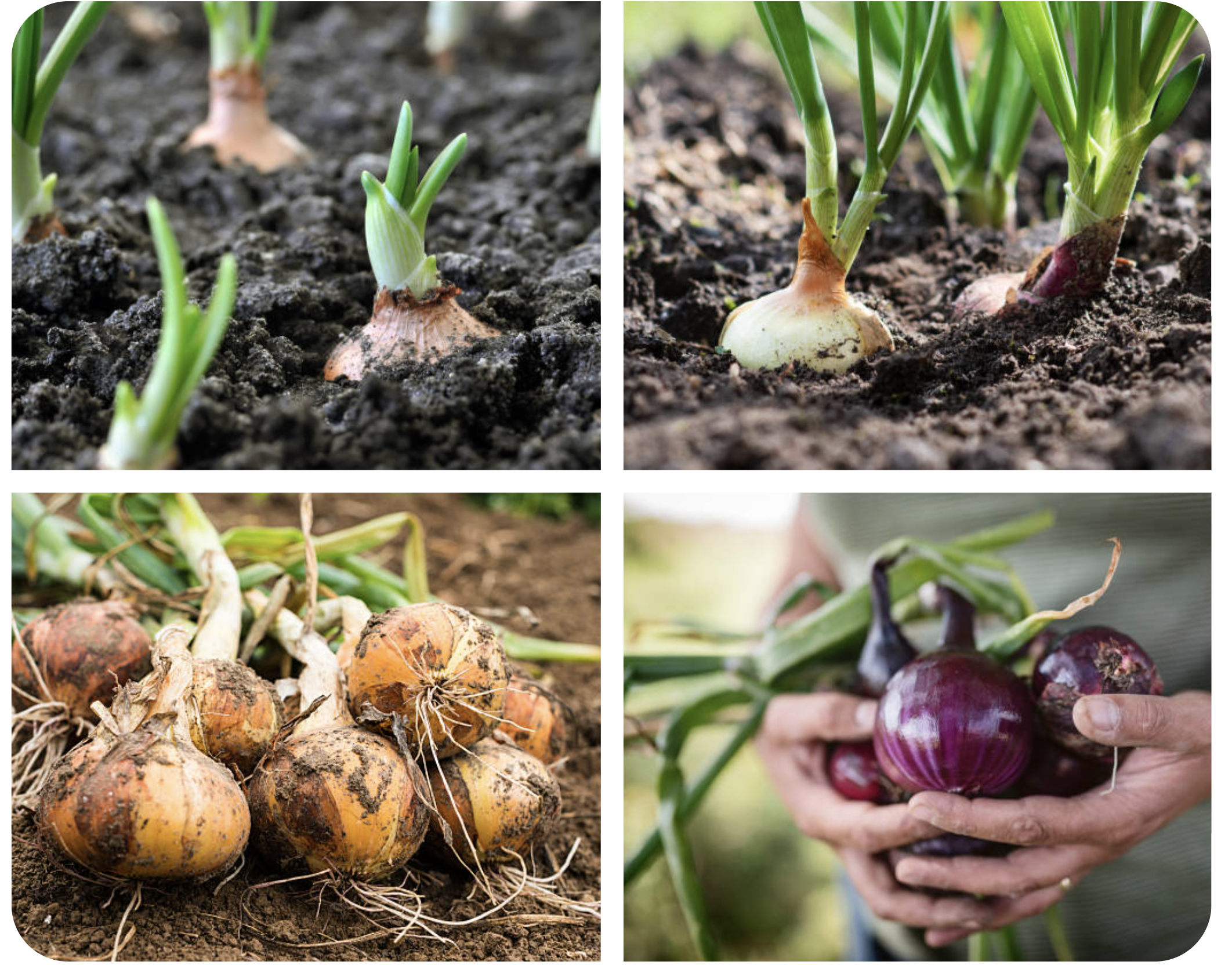
The At Home Garden
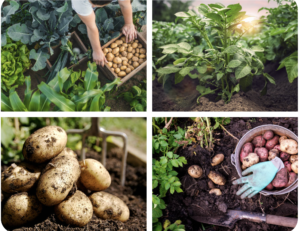 Welcome to “The At Home Garden” where we will explore your backyard garden or container garden to help you grow fresh food or herbs for your family. All you need is some sunlight, water and an area to grow. My goal is to help you feel comfortable growing some of the food you love right in your backyard with tips and tricks to keep your produce fresh and flavorful until the next season arrives. This month we are going to talk about the first steps you need to do to start on your garden.
Welcome to “The At Home Garden” where we will explore your backyard garden or container garden to help you grow fresh food or herbs for your family. All you need is some sunlight, water and an area to grow. My goal is to help you feel comfortable growing some of the food you love right in your backyard with tips and tricks to keep your produce fresh and flavorful until the next season arrives. This month we are going to talk about the first steps you need to do to start on your garden.
While it might not seem like it this week, with freezing rain, sleet and temperatures in the low thirties but now is the time to start thinking about your spring and summer garden. Prep the space you want to grow your food. No matter if its containers or straight in the ground, now is the time to get your garden space ready. If you are starting from seeds make your selections and begin those seeds inside the house. Choose a window with good light and get some little pots and trays like these and watch nature take ahold.
A fun idea might be to get together with a few friends and work together with your at home garden if you are limited on space and resources. Do a seed exchange where you swap seeds and then swap veggies. There are many great ways to make your at home garden a success.
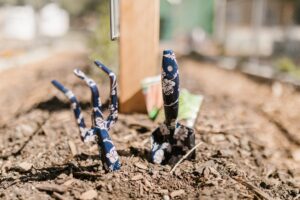 If you like potatoes and onions they should already be in the ground, working on their root system and making their way towards the surface. Have no fear if you want onions and potatoes but haven’t planted them yet there is still time. Your yield will just be up a little later or who knows maybe right on time.
If you like potatoes and onions they should already be in the ground, working on their root system and making their way towards the surface. Have no fear if you want onions and potatoes but haven’t planted them yet there is still time. Your yield will just be up a little later or who knows maybe right on time.
If you do not have a lot of space to work with share your onions and potatoes with a friend. Since there are usually quite a few starts in each bag. Grab some pots or old laundry baskets to plant your vegetables in. If you use an old basket be sure to line it with thick paper or cardboard the help keep the soil inside, but drill holes at the bottom in both for water drainage. Once you plant your potatoes, as they come up you need to continue to layer soil or compost on top of the leaves as they sprout. The continued covering of the spouts encourages your tubers to grow and allows for new potatoes to form on top of the maturing potatoes. Which in the end will increase your yield.
For your onions they require a bit of space to bulb out, I typically plant mine about 4 ½ to 5 inches apart. Within a good nitrogen-based fertilizer. Believe it or not if you get any snow this week, that adds natural nitrogen into the soil around your garden. Go Mother Nature! If you use a pot it needs to be at least a foot deep. As with all garden items you need to water your onions to encourage bulb growth. You might also need to fertilize a little more often with onions to support leaf growth as well as the production of large bulbs. Fertilize those onions until they are poking out of ground.
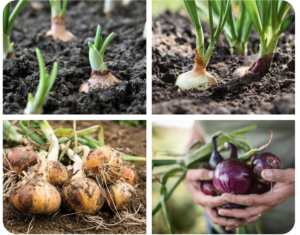 Now you are ready to harvest, but when. For onions once half the stalks start to fall or collapse you are ready to discover your yield. Gently move the other half down and cure for a few days. Then instead of pulling them out dig the onions out. Brush off the dirt and cut the tops and roots down. Harvest on a dry day and both onions and potatoes can “dry” out on the same rack. Once they are harvested onions are ready to be used. We like to wait a week or two before eating our potatoes but that is mostly for storage later. You can always pull the potatoes you want to eat that same day; they don’t necessarily need to dry out first.
Now you are ready to harvest, but when. For onions once half the stalks start to fall or collapse you are ready to discover your yield. Gently move the other half down and cure for a few days. Then instead of pulling them out dig the onions out. Brush off the dirt and cut the tops and roots down. Harvest on a dry day and both onions and potatoes can “dry” out on the same rack. Once they are harvested onions are ready to be used. We like to wait a week or two before eating our potatoes but that is mostly for storage later. You can always pull the potatoes you want to eat that same day; they don’t necessarily need to dry out first.
Potatoes are harvested after an amount of time has passed and depends on the temperature. Since we plant in the spring and fall for potatoes the spring collection is more about time. If they leaves start to flower we wait about a week more and then harvest. For those fall potatoes, we let the temperature dictate. They can handle about one frost and then its time to dig them out. It’s best for the soil temperature to be around 45 degrees in the winter or late fall. If you plan to store, be sure to let them sit. This gives the potatoes time to “harden” their skins. Then keep them in a cool, dark space.
We hope that you are excited to start your garden. Look back for more tips and tricks next time and lets grow the food we eat. Know where your food comes from and have the satisfaction of producing the items yourself or with the help of friends. Tell us what you like to grow, and we can target your needs
Contributed by Allison Libby-Thesing
Watch here: https://www.youtube.com/channel/UCpQP8pNzNT5ml9CqehzJEqA




